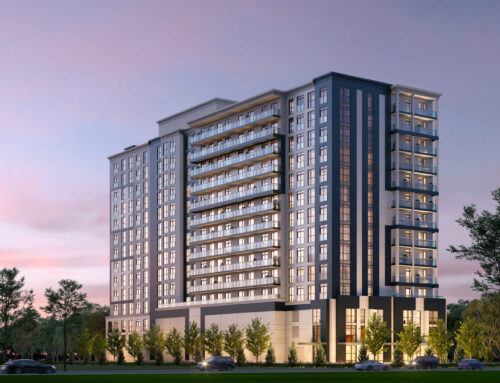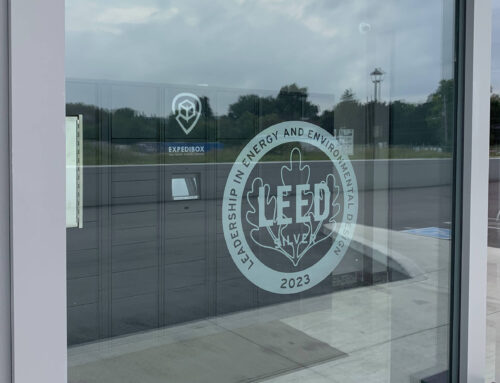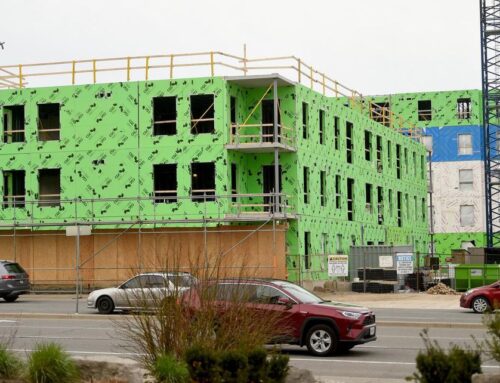In the era of dwindling oil supplies, rising energy costs and climate change, it is no surprise that the concept of green living is rapidly growing in popularity and demand. Public awareness of environmental concerns and their causes is increasing and solutions are avidly being sought, found and applied.
In recent years, the trend toward greener living has stretched far beyond just hybrid cars and organic food. Eco-friendly homebuilding has now spilled over to the mainstream as homebuyers are beginning to make the connection between their homes, energy use and sustainability. Consider that pollution’s poster boy – the gas guzzling SUV – produces only half as much greenhouse emissions than the average Canadian home.
While popular upgrades such as granite countertops and state of the art hardwood flooring certainly have that eye-popping appeal, many tend to overlook the significance and value of green measures that have become standard in many of today’s new homes. A decade ago, most people associated environmentally sound home building with unsightly solar panels and unreliable energy delivery. Today nothing could be further from the truth. The majority of houses today that meet the definition of a “green” home are indistinguishable in look from their traditionally constructed neighbours.
There was a time in the not so distant past, where eco-friendly upgrades were considered a frivolous luxury, reserved for those who could “afford to care” about the environment. That is no longer the case. In fact, many enviro-friendly features that were once pricey upgrade options have quickly become industry standards for all new homes. New technology, combined with piqued consumer interest and demand, has led to more widespread adoption, making green home building more affordable and accessible to the average homebuyer.
Homebuyers can expect to pay on average, 4 to 7 percent more for a “green” home, however advocates insist the extra costs quickly pay for themselves in savings on water and power alone. Many are beginning to realize that in today’s economy, being able to afford your utility bill is as important as being able to pay your mortgage.
Ultimately it’s up to you to determine your own priorities, such as lowering electricity bills or perhaps improving air quality for an asthmatic child, and then pinpoint the features that best accommodate them. It’s never a bad idea to look for third-party certification and to carefully research the qualifications, track record and standards used by the builder before opting on any upgrades. While a home does not have to be certified in order for the homeowner to realize some of the benefits of green living, the construction is monitored through the permit process and several inspections by local municipal building officials to ensure those green features planned are implemented properly and effectively.
With the new 2012 building code changes, all new homes built are classified as “green” as code changes meet the demand for more eco-friendly living by implementing technologies and using materials that are healthier for the environment and more cost-effective for homeowners. There has never been a better time to Go Green!






